So, you have this pattern that you thought would be easy to try, and you have the cutest little floral print fabric that called your name in the store as you tried to walk away, but now what? Set the nicely folded fabric on your sewing table with your pattern on top and admire it every time you walk by? Eventually, stuff it in a drawer and tell yourself you’ll start it when you have more time? Nope. Don’t put that pretty fabric in a drawer! Cut that sucker up and make whatever it is you planned on in the first place!
Over the next few weeks, I’ll be posting some things you should know before you sew. Hopefully, these little sewing lessons will inspire you to start making all those beautiful things you want to create.
Fabric Care
Let’s start by looking at your fabric. Before you even think about cutting your fabric, you need to prewash it to allow for any shrinkage. Some fabrics will shrink more than others which can cause the fabric to pucker, rip at the seams, or end up smaller than expected. When you wash your fabric, the raw edges will fray and become tangled.
To prevent this from happening, serge the edges or use a zig zag stitch along the edge.
Some washing advice: I prewash most of my fabrics on a delicate setting with a small amount of free and clear detergent and dry them on low heat. Some fabrics have specific washing instructions, so make sure you check before you wash. If you plan to iron your fabric before cutting, take your fabric out of the dryer when it’s slightly damp, and it will make it easier to iron.
Sewing Terms
Okay, so your fabrics are prewashed and ready. If you’re following a pattern, there are few terms that will come up as you read: selvedge, grain and bias. (By the way, always read the entire pattern before you begin to cut and sew. It will keep you from making unnecessary mistakes and wasting your precious fabrics!)
WARP AND WEFT
Before we talk about the selvedge and grain of the fabric, let’s learn a little bit about how fabrics are woven. If you take a super close look at your fabric, you will notice the tiny threads that create a crisscross design.
Woven fabrics are created on a loom that has been threaded with long threads called the warp. If you were standing in front of a loom, the threads pointed in your direction would be the warp. The crossing threads that are woven in and out of the warp are called the weft. So standing in front of the loom, the horizontal threads that go from left to right would be the weft. Since the warp is held in tension on the loom it is usually sturdier than the weft which will have some give.
I wish I had a loom to show you examples, but since I don’t, check out Weaving Alabama’s photos. She has the loveliest woven textiles! See if you can pick out the warp and weft in some of her loom photos. Aren’t those baby wraps just beautiful!
SELVEDGE
So now that you’re wondering why on earth you need to know about warp and weft, let’s move on to the selvedge of your fabric.
The selvedge is the edge of the fabric that has been finished, so the fabric will not fray. It runs parallel to the warp and is found on both sides of the fabric. If you go back and stand in front of the loom again, the selvedge is the far left side and the far right side of the fabric. It usually looks different from the rest of the fabric, and it usually has the name of the fabric and the manufacturer on it, so you can remember the name of your favorite fabrics to buy more! If you buy precut fabrics, you may only have selvedge on one side or you may not have any at all.
GRAIN
The grain (also know as lengthwise grain) is basically another word for the warp, since it runs parallel to the selvedge. When you follow a pattern, it will usually tell you how to lay your pattern pieces on the fabric by using an arrow, and the arrow should match up with the grain of the fabric.
The grain may not always be exactly parallel to the selvedge. If you need to be especially sure, you can always cut a little slit parallel with the selvedge and rip off a narrow piece of fabric. Ahh! Rip my fabric? I only tell you this because most fabrics will rip along the grain.
BIAS
The bias is the thread line that runs at a 45 degree angle from the grain (warp) and crossgrain (weft) of the fabric. Fabric that has been cut on the bias will hang differently, as well as stretch and curve easier. For example, a pattern might tell you to “cut your fabric on the bias” when you are creating the binding for a quilt.
To cut your fabric on the bias, fold your fabric at a 45 degree angle by bringing the selvedge edge of your fabric over, so it is parallel to the crossgrain of your fabric. Measure from the fold you just created and cut parallel to the fold.
Hopefully these explanations help you understand your fabric a little better and will make it easier to read through your (entire) pattern before you get started.
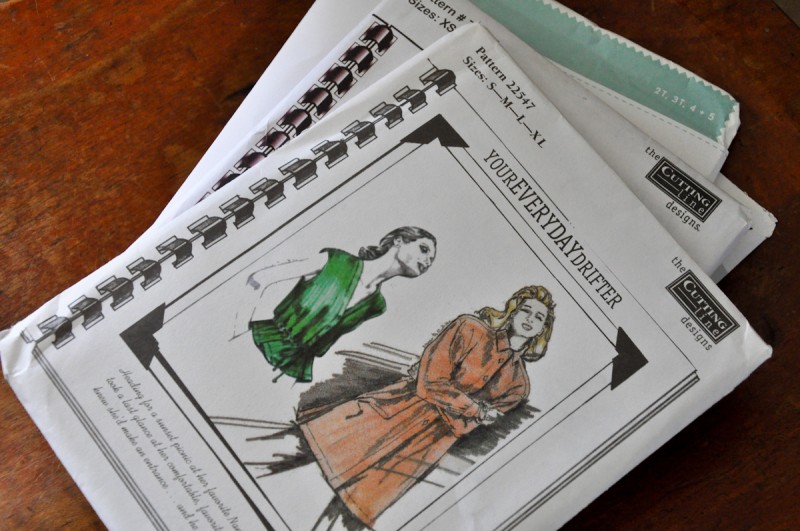
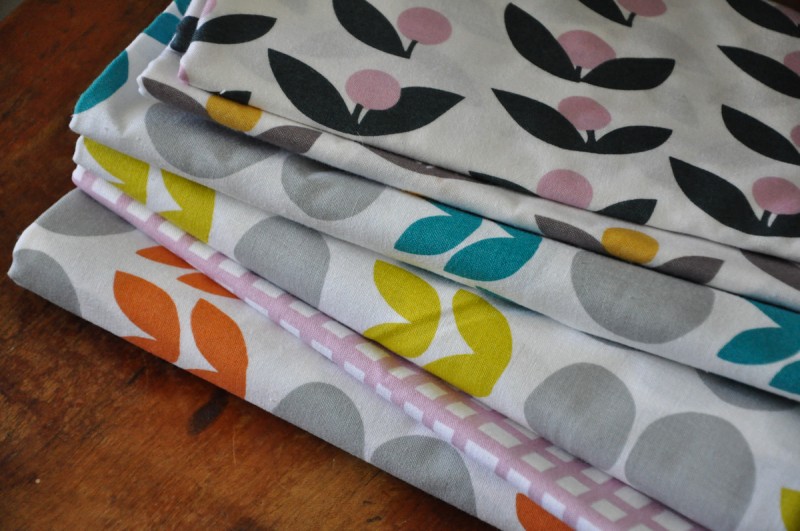
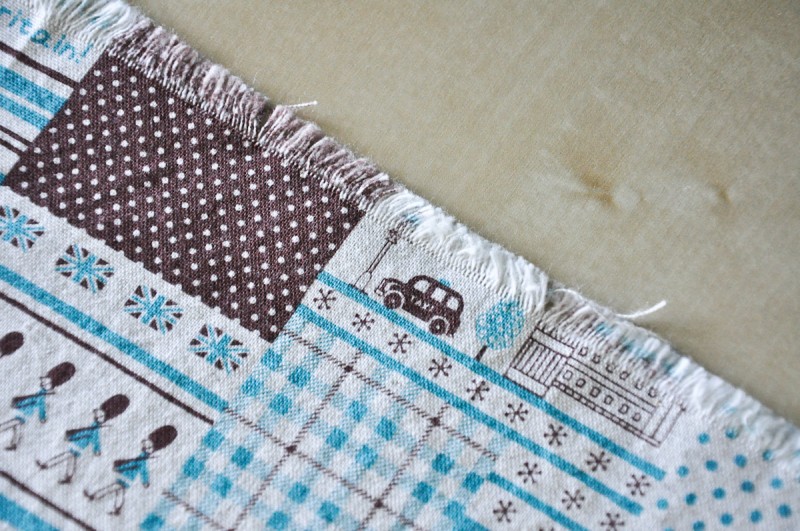
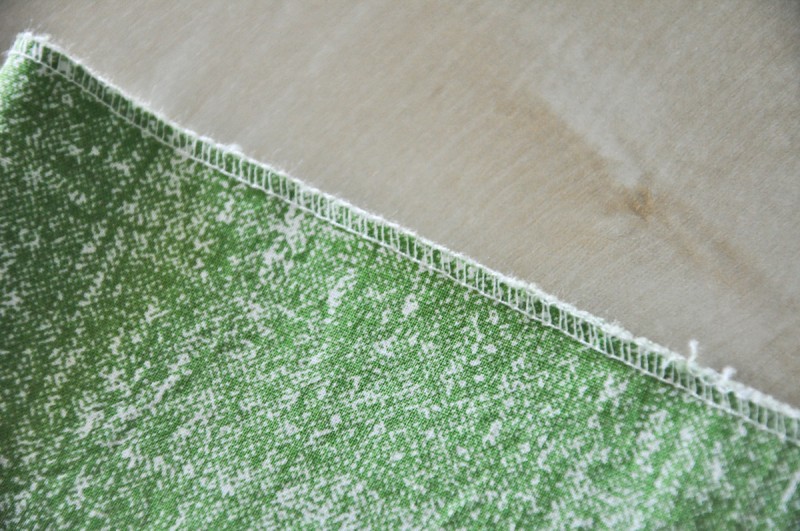
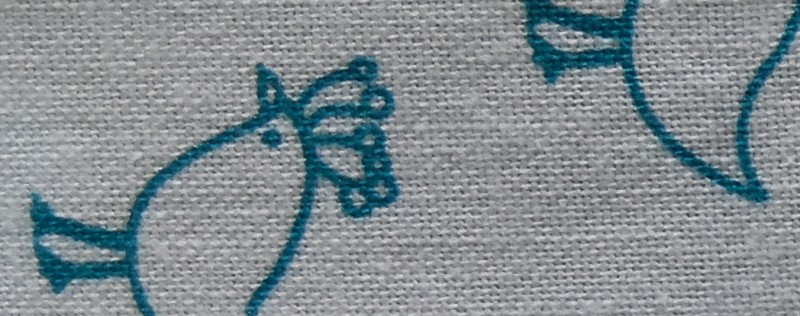
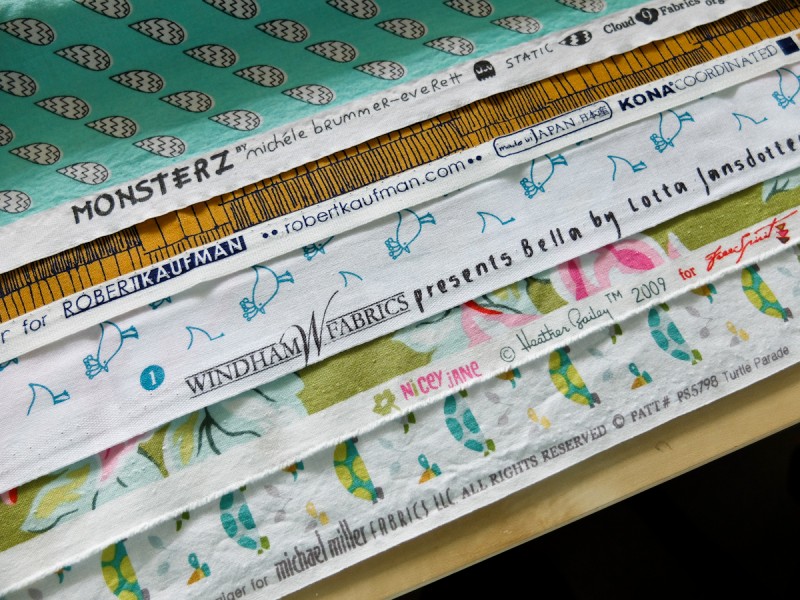
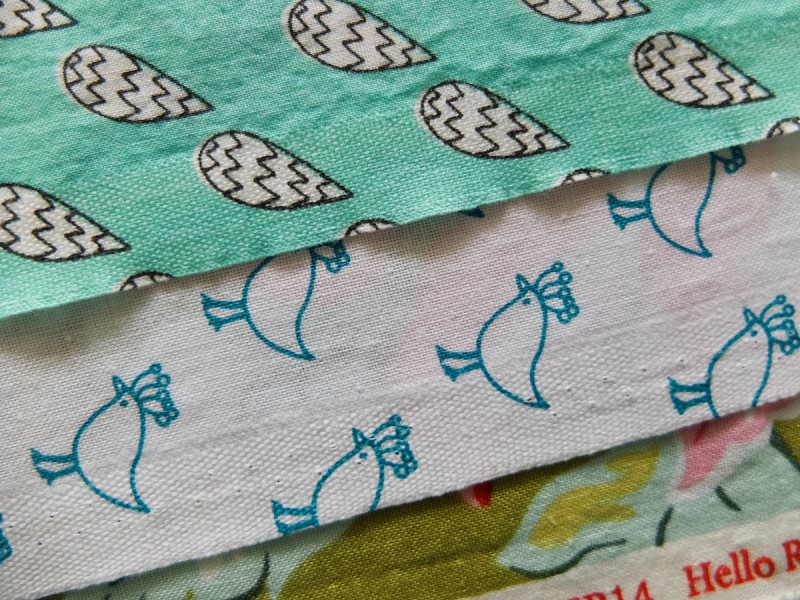
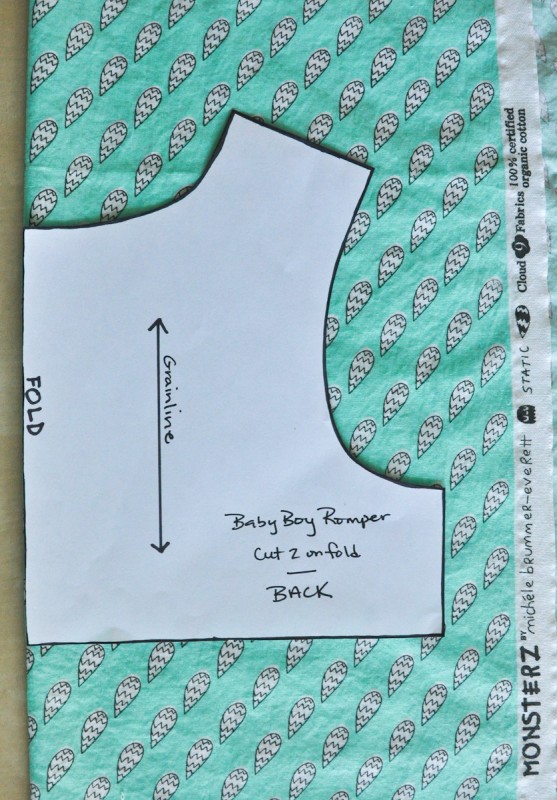
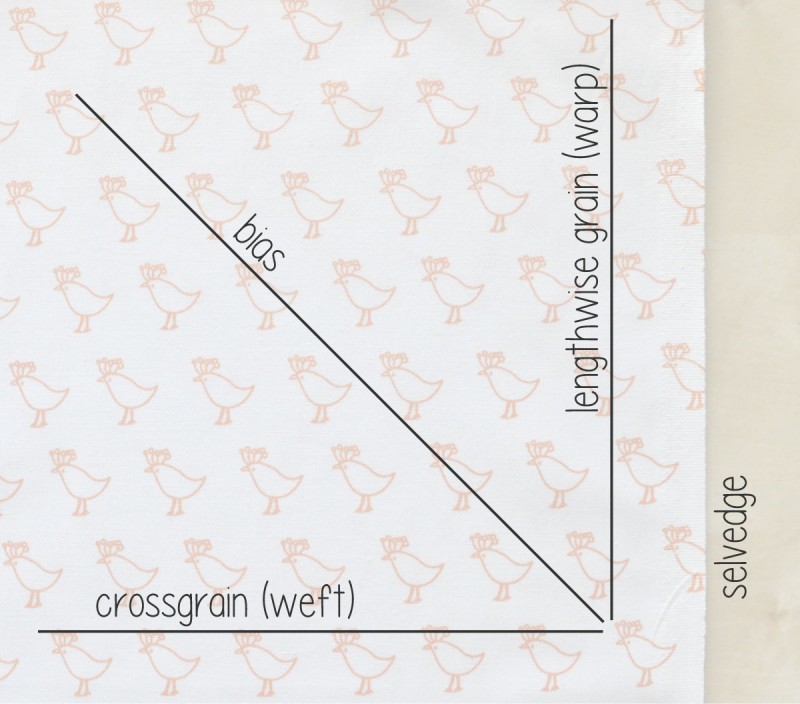
This is awesome! Great work and great tips!!!